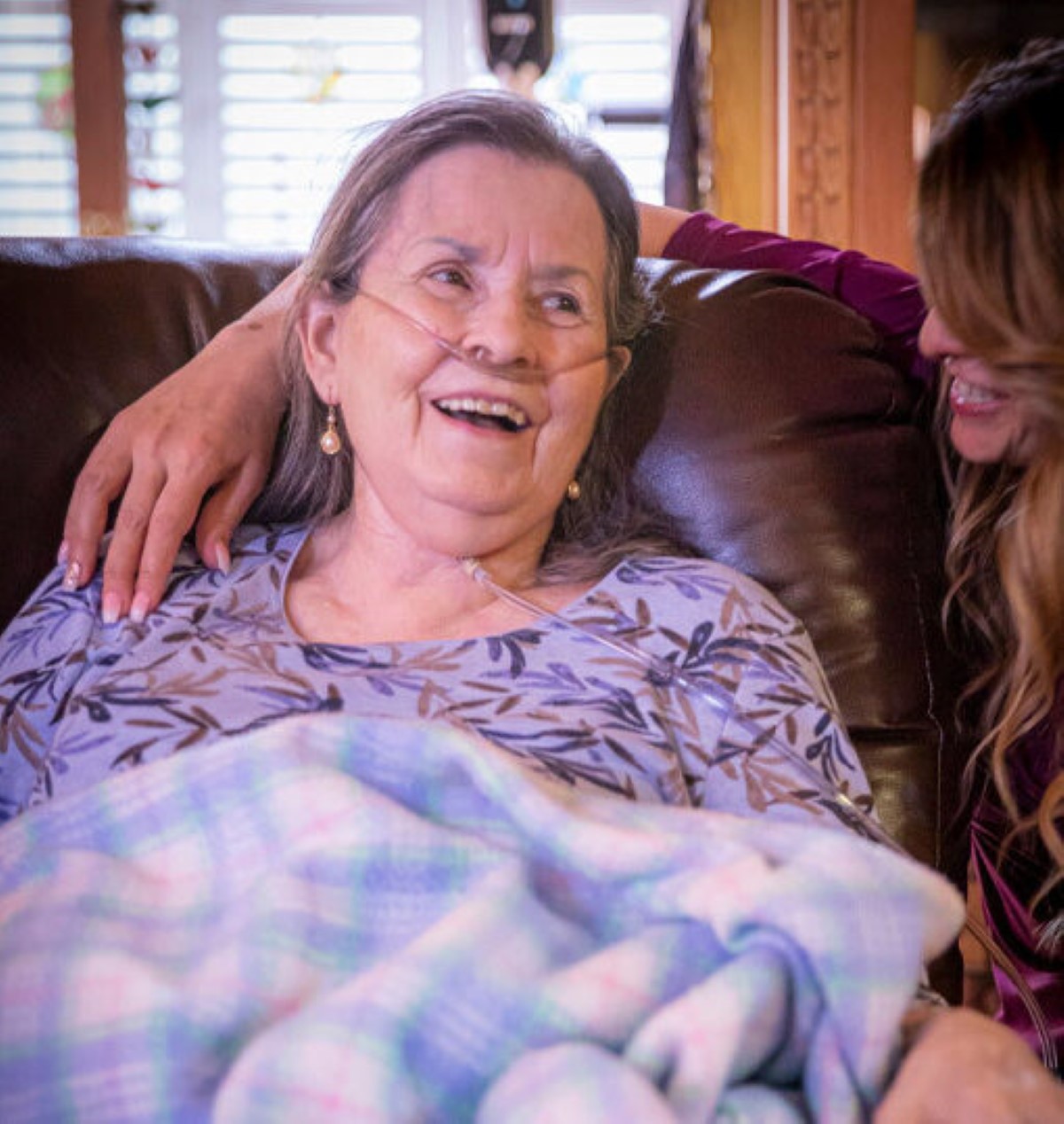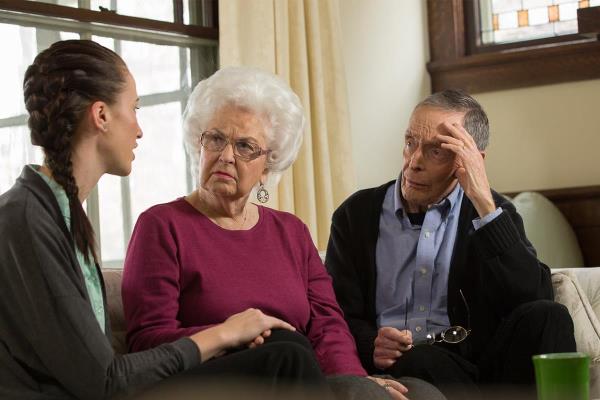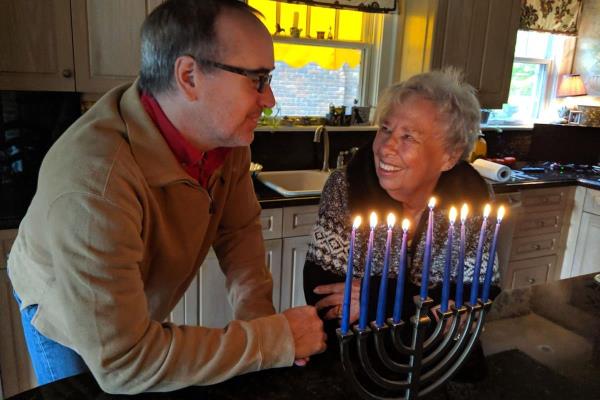Unless you live in the constant warmth of the subtropics (looking at you, Florida!), you’ve probably already felt a pleasant shift in the weather over the last few weeks. While October is a great month for getting outside and enjoying fall activities, it’s also a great time to make sure a senior is prepared for the not-so-pleasant weather that will soon follow.
Winter brings not only snow, colder temps and hours more of darkness, but also life-threatening conditions for those caught off guard by its unpredictable wrath. For instance: If the power is knocked out in a storm, the indoor temperature of a home can drop low enough in some areas to cause hypothermia to those who are exposed or just not dressed warmly enough.
Additionally, hypothermia can also happen in homes where heat settings are set too cold – or where the heater just isn’t functioning properly. According to the Cleveland Clinic, a dangerously cold house can bring about hypothermia in less than 15 minutes.
Seniors are the most vulnerable to the cold temperatures due to a lower metabolic rate and more frequent underlying medical conditions like diabetes. And if an older person lives alone, they are often left to handle such things as snow removal and general maintenance – such as chimney and HVAC cleaning – on their own.
So before you dismiss old man winter as a mere inconvenience, be aware of its dangers and have a plan in place to keep a vulnerable senior safe. Here’s a few tips to get you started:
- Keep cupboards full – If severe ice or snow keeps the roads closed for days, non-perishable food and water are a must in an aging adult’s home. It’s also not a bad idea to keep a flashlight or two in the same area – centrally located – so they are easy to find.
- Check HVAC heating system – It’s imperative to have a reliable heating system during the winter months. It’s also imperative a senior knows how to use it. Stop by a senior’s home and offer to check their system.
- Remove snow from driveways and walkways – Whether you schedule a removal service, or do it yourself, it’s important a senior’s outdoor area is clear of snow and ice. Not only is it a major fall hazard, it also can damage the concrete and is a telltale sign that someone may not be home or are immobile. Shovel snow for a senior this season
- Question their wardrobe – Do they have a heavy jacket? Wool socks? Gloves? Gripping/warm footwear? And if so, are they still in good shape? If they have a walking stick, make sure the tips are not worn. Consider dropping off a winter clothing care package or offering to take a senior shopping.
Here are a few other tips to help winterize a senior’s home!



